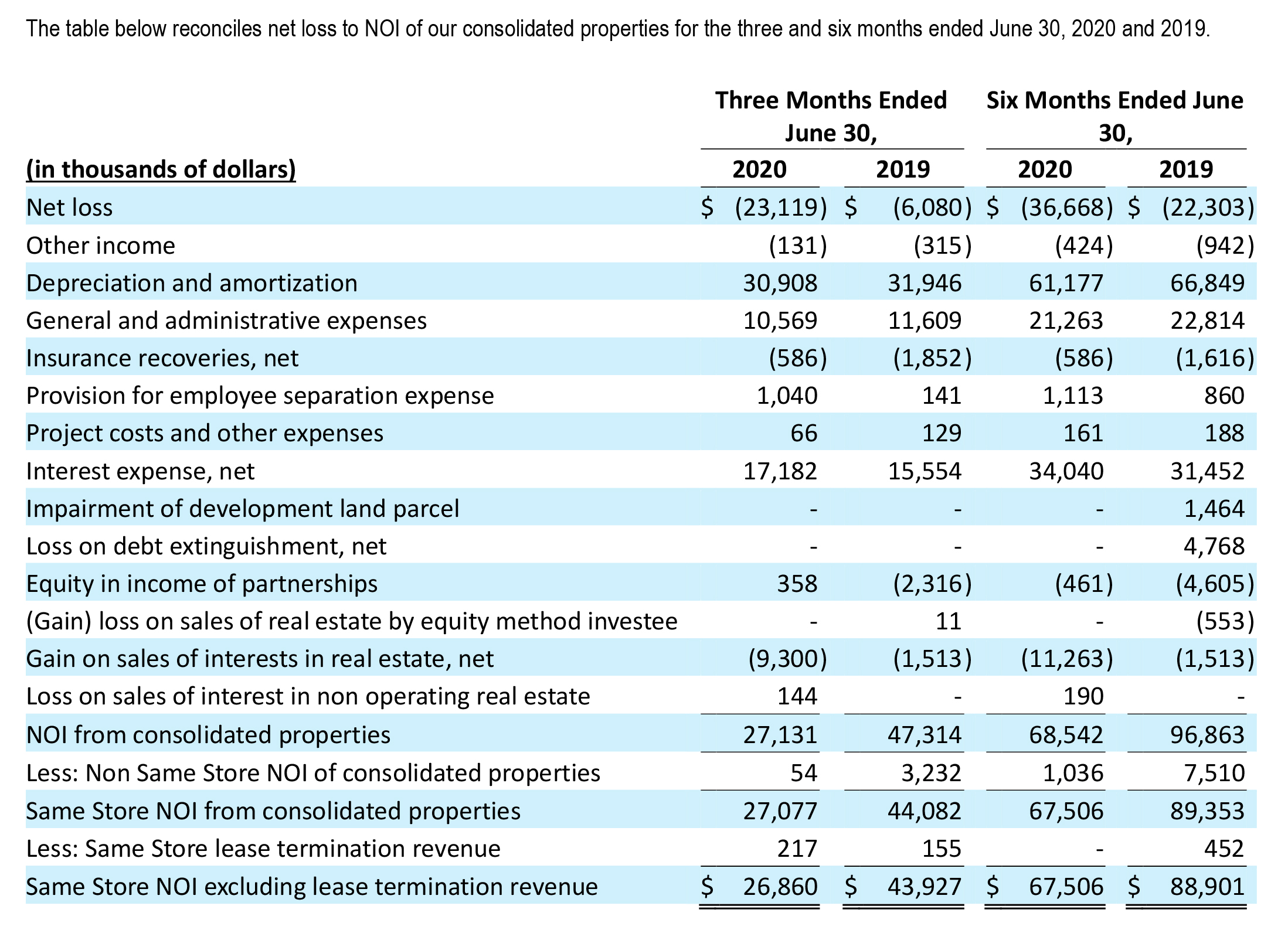
Bud Tribble, a member of the Macintosh team, asked Burrell Smith to integrate the Apple Lisa's 68k microprocessor into the Macintosh so that it could run graphical programs. Instead of a GUI, it intended to use a text-based user interface that allowed multitasking, and special command keys on the keyboard that accessed standardized commands in the programs.

The design at that time was for a low-cost, easy-to-use machine for the average consumer. Īt the same time that the Lisa was becoming a GUI machine in 1979, Jef Raskin began the Macintosh project. The basic layout of the Lisa was largely complete by 1982, at which point Jobs's continual suggestions for improvements led to him being kicked off the project.
#MICROSOFT WORD FOR MAC PRICE SOFTWARE#
Things had changed dramatically with the introduction of the 16/32-bit Motorola 68k in 1979, which offered at least an order of magnitude better performance than existing designs and made a software GUI machine a practical possibility. The Apple Lisa project was immediately redirected to use a GUI, which at that time was well beyond the state of the art for microprocessor abilities the Xerox Alto required a custom processor that spanned several circuit boards in a case which was the size of a small refrigerator. He arranged for Apple engineers to be allowed to visit PARC to see the systems in action. In 1979, Apple co-founder Steve Jobs learned of the advanced work on graphical user interfaces (GUI) taking place at Xerox PARC. In 1978 Apple began to organize the Apple Lisa project, aiming to build a next-generation machine similar to an advanced Apple II or the yet-to-be-introduced IBM PC. Development 1978–1984: Development Ī prototype of the Macintosh from 1981 at the Computer History Museum

Upon the release of its successor, the Macintosh 512K, it was rebranded as the Macintosh 128K. Sales of the Macintosh were strong at its initial release on January 24, 1984, and reached 70,000 units on May 3, 1984. The Macintosh was introduced by a television commercial entitled " 1984" shown during Super Bowl XVIII on Janu and directed by Ridley Scott. The motherboard, a 9 in (23 cm) CRT monitor, and a floppy drive were housed in a beige case with integrated carrying handle it came with a keyboard and single-button mouse. It played a pivotal role in establishing desktop publishing as a general office function. The Apple Macintosh-later rebranded as the Macintosh 128K-is the original Apple Macintosh personal computer. The numerous settings and buttons that come with it can also be a little overwhelming too and it would be nice to see it made a little simpler and streamlined in future releases.Computer with built-in monitor and attached keyboard and mouse This has certainly been improved in the latest releases but its still a sluggish old thing compared to Microsoft Office. However, the main one is that since it is largely based on Java, it can be rather slow and unresponsive particularly when opening new files.


Occasionally, you will experience formatting or printing issues when using documents that have been made in Microsoft Office. There are some drawbacks to OpenOffice for Mac of course. The six components OpenOffice for Mac comes with are Write, Calc (spreadsheets), Impress (presentations), Draw, Base (database management) and Formula (mathematical application). It may not be quite as polished as Microsoft Office but considering you get all this for nothing, you really can't complain. OpenOffice for Mac includes the key desktop applications, such as a word processor, spreadsheet, presentation manager, and drawing program with a user interface and feature set similar to other office suites.


 0 kommentar(er)
0 kommentar(er)
